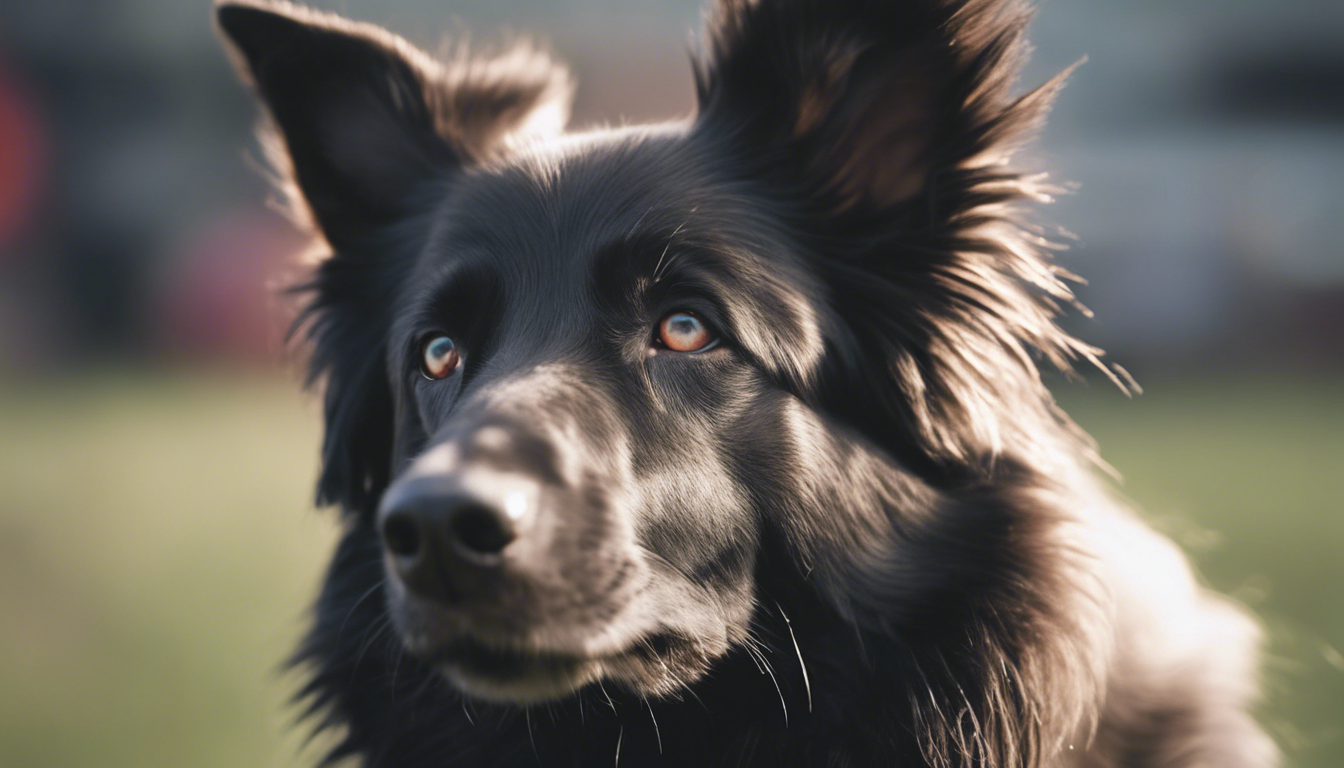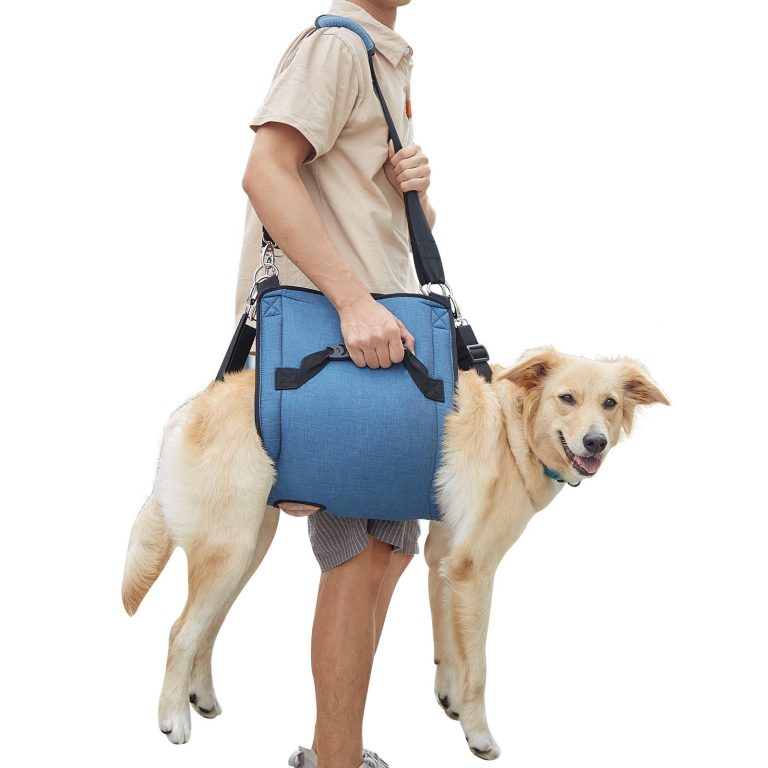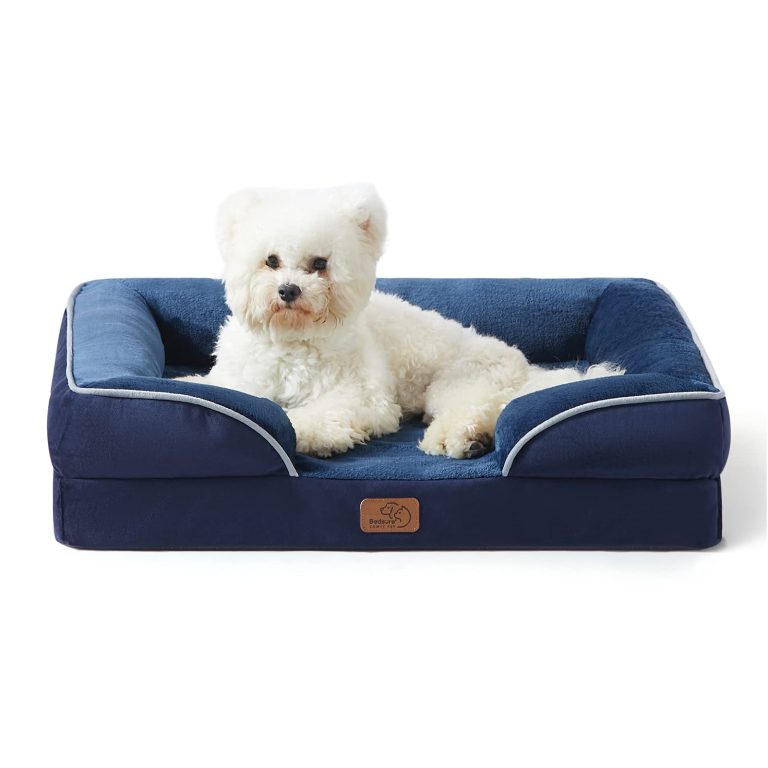Belgian Sheepdog

Breed History and Origin
Embark on a journey back in time to discover the roots of this fascinating dog breed. With origins steeped in legend and history, these canine companions have evolved from their ancient predecessors into the beloved pets we know today. Many breeds carry stories of their ancestors standing alongside humans, whether as hunters, protectors, or even symbols of status and nobility. Imagine the rugged landscapes and early societies where these dogs first made their mark, selectively bred for the traits that would aid their human counterparts in day-to-day survival.
From the windswept moors to the bustling streets of medieval cities, each breed carries a trace of its forebears’ roles and environments. Some were charged with the formidable task of guarding flocks against predators, honing their instincts for vigilance and courage. Others graced the courts of royalty, their elegance and demeanor reflecting the refined surroundings. Farmers relied on their versatility and intelligence to herd livestock, an invaluable asset long before machinery took over much of the manual labor.
These historical roles have left a genetic imprint on the breed, informing both physical capabilities and behavioral tendencies. Over generations, breeders have sought to accentuate favored attributes, refining the breed into the epitome of function and form specific to its historical purposes. The very shape, coat, and temperament of your modern-day companion can link back to the environments and tasks for which they were originally nurtured. From hunting dogs bred for stamina and scent work abilities to small lap dogs cultivated for companionship, your pooch’s lineage is a mosaic of purposeful design and adaptation.
Do not be surprised if you see echoes of ancient duties in your dog’s behavior today. Those seemingly innate impulses—whether rounding up children as if they were sheep or alerting you to strangers at the door—are whispers of a past where those traits were essential to survival and success. Knowing your dog’s history isn’t just trivia; it’s a window into understanding your four-legged friend’s deepest instincts, helping you appreciate the full depth of their character.
Physical Characteristics
Just as a tailor might measure every fold and stitch to create the ideal garment, nature and human intervention have sculpted the physique of this dog breed to fit its historical roles like a glove. One can’t help but be captivated by their distinctive silhouette, which in many ways signifies their heritage and functionality. Imagine a frame that is muscular yet sleek, poised to leap into action or sustain hours of tireless work.
The breed’s coat may range from short and smooth to long and luxuriant, each strand offering clues about the climate from which they hail. The colors and patterns are not mere aesthetic choices, but practical adaptations to concealment needs or the fashion preferred by the elite of the past. Some breeds are dappled with spots or patched with colors that helped them vanish into their natural environments almost magically, becoming ghostly hunters or vigilant guardians concealed from view.
Size is another attribute finely tuned by function. Dogs bred for tenacity and strength often boast strong, square physiques with ample chest room for endurance. Their limbs are robust, built to gallop or burrow depending on their traditional pursuits. Conversely, smaller breeds bound for companionship or vermin control are compact and agile, allowing them to share living spaces with humans or navigate areas where larger dogs couldn’t tread.
The breed’s skull structure and jawline often hint at their task-specific evolution. Powerful jaws may suggest a history of battling larger prey or holding firm to livestock, where delicate or refined features might indicate a breed cultivated more for appearance or smaller scale tasks.
Take a moment also to admire their eyes, not just for their soulful expression but for what they imply about their sensitivities. Working breeds often exhibit keen alertness in their gaze, indicative of their need to spot movement at great distances. Whereas breeds meant for close companionship might have a softer, more endearing look—designed to strengthen the bonds with their human counterparts.
Even their ears can tell tales of bygone days, from floppy ears that hint at a history of water retrievals, protecting the ear canal from moisture, to perky ones that catch the faintest sounds where watchfulness was essential.
Understanding these subtle nuances in the build and appearance of your dog not only brings appreciation for its esthetic qualities but also prepares you for meeting their needs. Recognizing that a thick coat requires frequent grooming to prevent matting, or that powerful muscles need ample opportunity to stretch and strengthen through daily exercise is key in caring for them correctly. And just like those exquisitely crafted garments, attention to these details ensures that your companion not only looks its best but lives a life of comfort and health reflective of its storied lineage.
Temperament and Behavior
When it comes to temperament and behavior, each dog has its own unique personality, but they certainly come with a predisposition inherited from their ancestors. Imagine a personality pieced together from historical purpose, bred over centuries to form what we see in our canine companions today. Some breeds are known for their steadfast loyalty, while others are free spirits, their independent nature shining through with every headstrong decision.
Witness the protective instinct of a dog who once stood guard over homesteads, its stance strong and gaze unwavering. This vigilance still echoes in state-of-the-art times, where such a dog remains alert, always on the lookout for what it perceives could be threats to its family. It isn’t out of aggression but a deep-seated duty that compels these breeds to safeguard what they hold dear.
On the other end of the spectrum, you’ll find dogs with joyous abandon, bounding eagerly towards anyone who offers a play session or treat. These are souls that were cherished for their ability to lift spirits as much as for their skill in performing lighter duties or companionship. Their enthusiasm can be contagious, but also a reminder of the energy levels they possess and the need for regular interaction and mental stimulation.
Socialization is vital for any breed to ensure they can navigate the world with confidence and ease. Introduce your pooch to various people, animals, and environments from a young age. This helps round them into well-adjusted adults, capable of distinguishing between friendly faces and true threats. A socialized dog is typically more balanced and less prone to unnecessary stress or reactive behavior.
Another key trait embedded over time is trainability. Some dogs have been partners in work with humans, keenly attuned to commands and eager to please – traits that make training sessions a dream. They thrive on positive reinforcement, their eyes sparkling with pride upon mastering a new command or trick. For such breeds, training is not just about obedience; it’s a bonding activity, time spent together that they cherish deeply.
But it’s not all smooth sailing; some breeds may have a stubborn streak. It’s not malice but rather an assertion of their historical independence – where once upon a time, having the initiative without human direction was prized. Patience will be your best friend when handling such traits. Consistency and understanding the right motivation usually unlock their cooperative side.
Think too the energy levels dictated by their past roles. Those descended from long lines of workers may have stamina that needs channeling into regular and vigorous exercise. Without it, they may resort to less desirable ways to expend that pent-up energy—chewing, digging, or even escaping attempts could be on the cards. A commitment to providing them with proper physical outlets will keep their minds and bodies healthy.
Finally, let’s not forget the endearing companionship these animals offer. They aren’t just pets; they become full-fledged family members who offer unconditional love and unwavering support. Whether they’re keeping your feet warm on a cold night or greeting you with unbridled excitement after a long day, their affection is one of the purest forms one can experience.
In essence, when understanding breed-specific behavior, it’s like holding a key to an intricate lock. Knowing how each little notch and groove was formed helps you navigate care for your furry friend with empathy and foresight. By tuning into these behavioral legacies, you can create a fulfilling life for your dog that honors both its bright personality and its noble heritage.
Care and Training Requirements
Embarking on the journey of training and caring for your dog is no small feat—it requires dedication, adaptability, and a deep understanding of the breed’s specific needs. Consider of it as crafting a bespoke care plan that allows your dog to thrive in your shared environment. Proper care begins with a structured routine that encompasses everything from nutrition to physical activity to mental stimulation.
Starting with diet, feeding your dog shouldn’t be a guessing game. Opt for high-quality food that is rich in nutrients and appropriate for their age, size, and activity level. For dogs predisposed to certain health conditions, like joint issues or allergies, specialized diets may be recommended. Always ensure fresh water is available, and remember that treats should be given judiciously—indulgence can lead to weight problems and associated health risks.
Grooming is an aspect that’s often intertwined with a breed’s coat type. A dog with a luxurious, long coat may require daily brushing to prevent tangles and matting, whereas a breed with a simplistic, short coat might only need a brush through once a week. But grooming isn’t just about appearances; it’s also the ideal time for bonding and for checking the health of their skin, nails, ears, and teeth.
Exercise is paramount; a well-exercised dog is typically a well-behaved one. Tailor activity types to fit their inherent energy levels—for working breeds, think of engaging games and challenges that tire both body and mind, like agility training or scent work. For more laid-back breeds, leisurely strolls or short play sessions might suffice. It is not just physical exercise this is important, though. Mental stimulation through interactive toys or training exercises will keep their cognitive abilities sharp and prevent boredom.
When it comes to training, patience truly is a virtue. Begin with the basics of obedience training; mastering sit, stay, come, and heel creates a foundation for a well-mannered dog. Positive reinforcement techniques work wonders, with rewards such as praise, playtime, or treats reinforcing good behavior.
Specific breeds may have propensities towards certain behaviors that can be mitigated through training; for example, a tendency to bark can be harnessed through ‘quiet’ commands. If difficulties arise, don’t hesitate to seek the guidance of professional trainers or behaviorists who have experience with the breed.
Remember that consistency is key in all areas of care—from the way you give commands to the regularity of mealtimes and walks. This allows your dog to form helpful habits and trust in the stability of its environment.
Regular check-ups with the vet play a critical role in maintaining their health. Keep up-to-date with vaccinations, flea and tick prevention, as well as regular deworming schedules. As breeds can be predisposed to particular ailments, make sure to discuss breed-specific health screenings with your vet to get ahead of any potential issues.
Ultimately, caring for your dog is about creating an enduring partnership. Through empathy, education on breed-specific traits, and a willingness to invest time and love, your reward is the wag of a tail and the companionship of a faithful friend who views you as their whole world.







